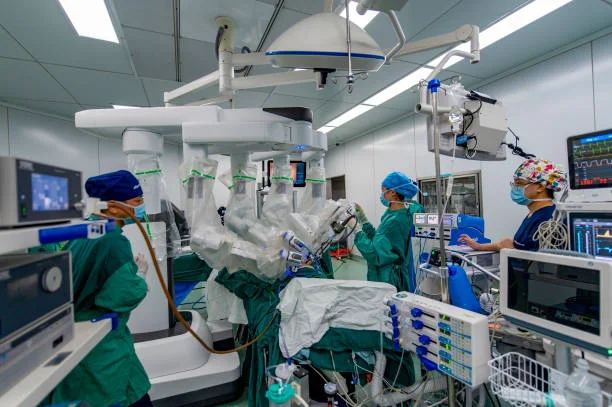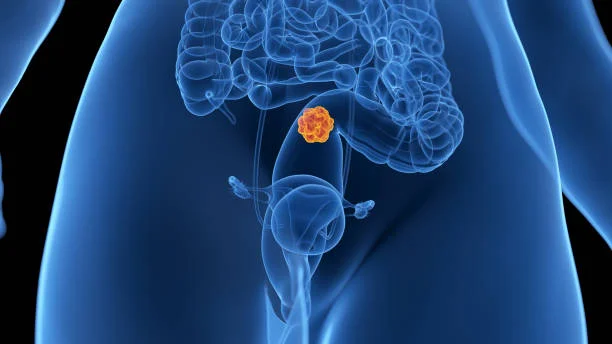Although cancer has always been a major concern, a new study has drawn attention to a concerning trend: anal cancer incidence has increased recently. This study emphasizes the need to realize any warning signals.
The prevalence of anal cancer is still rising even if more people are choosing diets and lifestyles that reflect more health consciousness. Originating in the anal canal, which runs at the very end of the rectum, anal cancer affects.

This concerning trend has led to demands for more research on the elements behind this rise. Data taken over four years shows a notable increase in instances.
The results of researchers who presented their findings at a recent conference designated as Digestive Disease Week show that the rates of anal cancer diagnosis increased by 2.9% among women and 1.6% among men between 2017 and 201. These figures highlight the urgency of more awareness and study needed as well as their requirements.

Credit: stock.adobe.com
While we prioritize our health, it’s important to keep educated about all facets of cancer, especially those less often discussed. Knowing these patterns will enable us to move aggressively toward early identification and avoidance.
Research on anal cancer: what lessons might it impart?
Currently, in her second year of internal medicine residency at Advocate Lutheran General Hospital, Dr. Ashley Robinson has noted a troubling pattern: Anal cancer cases among Hispanic women are rising most sharply. She said, “the rates of anal cancer are increasing most rapidly among white and Hispanic women aged 65 and older groups that haven’t typically been seen as high risk.”

Credit: Getty
Researchers who are considering the ramifications for future diagnosis have taken notice of this concerning trend. With an increase of 4.3% in instances, their results expose that women over 65 are experiencing the most notable jump. Closely trailing are Hispanic women in the same age range, with a yearly increase of 1.7%. Experts estimate that within just 17 years, the frequency of anal cancer cases among women over 65 might perhaps quadruple if the current growing trend continues.
Concurrently, cancer cases among younger people have increased; some medical experts attribute this increase to genetic elements and lifestyle choices. Many people are keen to learn about the symptoms linked with anal cancer to be alert about their health as knowledge of these increasing numbers grows among them.

Understanding the changing terrain of cancer diagnosis depends on this knowledge, which also underlines the requirement of knowledge on symptoms and risk factors.
List the symptoms of anal cancer.
These are a few warning indicators to be on the lookout for:
- Bleeding
- blood in your stool
- an anus-related itching or pain

Sometimes, these symptoms cause a growth or lump that people would mistake for hemorrhoids. Health professionals advise you to give any of these problems great attention. Early discovery has been shown to dramatically enhance results. Don’t delay; see your doctor to go over your worries. Your health is quite valuable!
